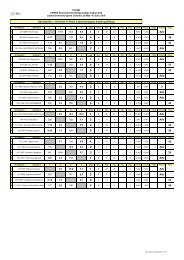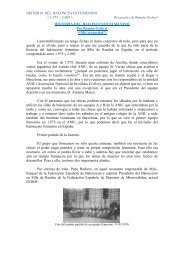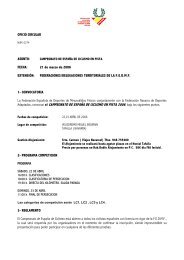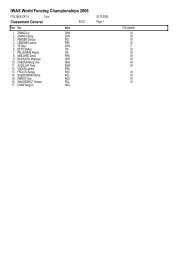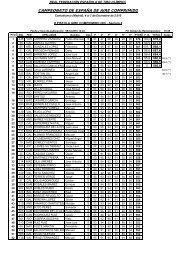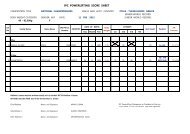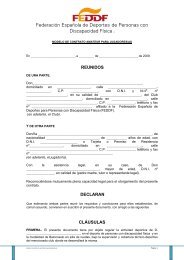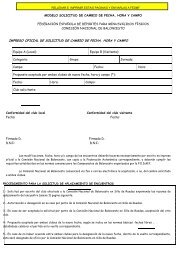London 2012 Team Leaders' Guide Wheelchair Tennis
London 2012 Team Leaders' Guide Wheelchair Tennis
London 2012 Team Leaders' Guide Wheelchair Tennis
Create successful ePaper yourself
Turn your PDF publications into a flip-book with our unique Google optimized e-Paper software.
<strong>London</strong>, then and now<br />
Londinium, the first recorded settlement on the site of the modern-day city, was<br />
established almost 2,000 years ago by the Romans, shortly after their invasion in<br />
AD 43. The Romans were eventually replaced by the Anglo-Saxons, who called<br />
their settlement Lundenwic; and then, in the 11th century, by the Normans, led by<br />
William the Conqueror.<br />
<strong>London</strong> expanded dramatically beyond the old city walls in the 16th, 17th and<br />
18th centuries, despite regular outbreaks of the plague and other major<br />
catastrophes such as the Great Fire of 1666. As the British Empire grew during<br />
the prosperous 19th century, so did <strong>London</strong>: between 1801 and 1901, its<br />
population spiralled from around one million to 6.5 million. The first half of the<br />
20th century brought two world wars and plenty of other challenges, but the<br />
Olympic Games in 1948 heralded a revival in the city’s fortunes.<br />
Today, <strong>London</strong>’s heritage is visible everywhere, from the few remaining parts of<br />
the Romans’ defensive wall to the world-famous dome of St Paul’s Cathedral.<br />
However, <strong>London</strong> is also a truly modern city, a product of today as much as of<br />
2,000 years of history. It is one of the world’s most important financial and<br />
commercial centres, but it is also an artistic and cultural hub. It is a city in which<br />
500-year-old landmarks sit next to brand new skyscrapers. And it is home to one<br />
of the most varied and vibrant populations of any world city, many of whom are<br />
now helping to write the current and future chapters of <strong>London</strong>’s epic history.<br />
Climate<br />
<strong>London</strong> as a whole benefits from a mild to warm climate during the summer<br />
months of August and September. Based on statistics from recent years, teams<br />
can expect an average daily high of around 20–23°C (68–73°F) in the<br />
Paralympic Village, with temperatures falling to a low of around 11–14°C<br />
(52–57°F) at night. On average, relative humidity ranges from a minimum of<br />
around 60% to a maximum of around 90% during this period. The average<br />
monthly rainfall during August and September is 49–57 millimetres; the prevailing<br />
winds are from the south-west.<br />
The country’s Paralympic heritage<br />
The birthplace of the Paralympic Movement was a small village in the south of<br />
England called Stoke Mandeville. On 29 July 1948, the same day as the<br />
Opening Ceremony of the <strong>London</strong> 1948 Olympic Games, Sir Ludwig Guttmann<br />
– a German neurologist who had emigrated to Britain in 1939 – organised an<br />
archery competition for World War II veterans with spinal injuries in the grounds<br />
of Stoke Mandeville Hospital. Four years later, athletes from the Netherlands<br />
joined and the international Paralympic Movement was born. The competitions at<br />
Stoke Mandeville Hospital were the precursor to the first Paralympic Games, held<br />
in Rome in 1960.<br />
<strong>London</strong> <strong>2012</strong> Paralympic <strong>Team</strong> Leaders’ <strong>Guide</strong> <strong>Wheelchair</strong> <strong>Tennis</strong><br />
57<br />
The Games



